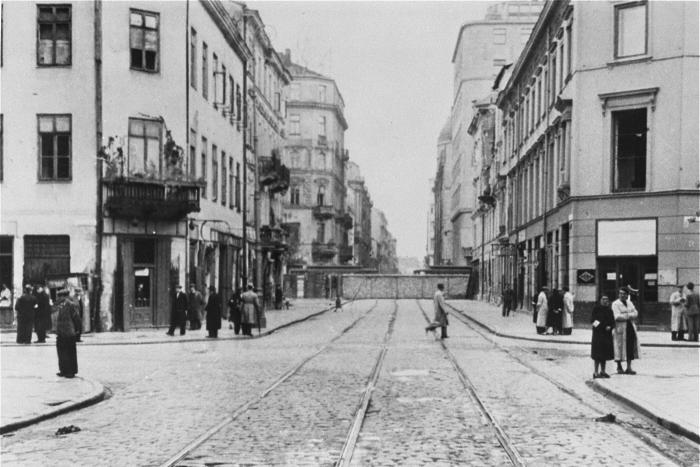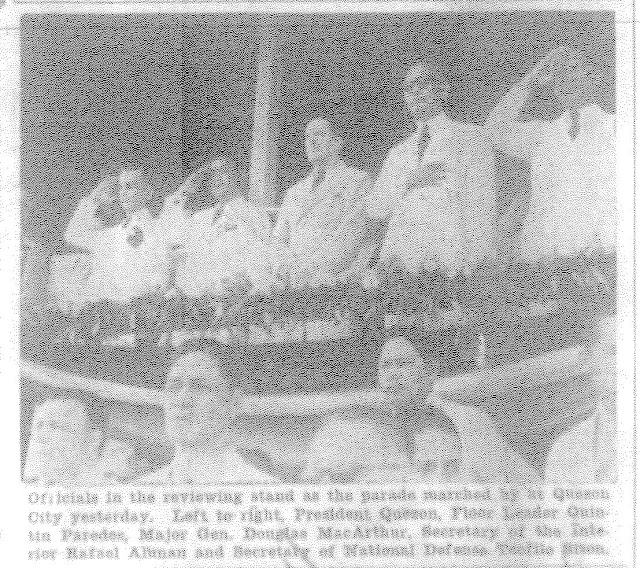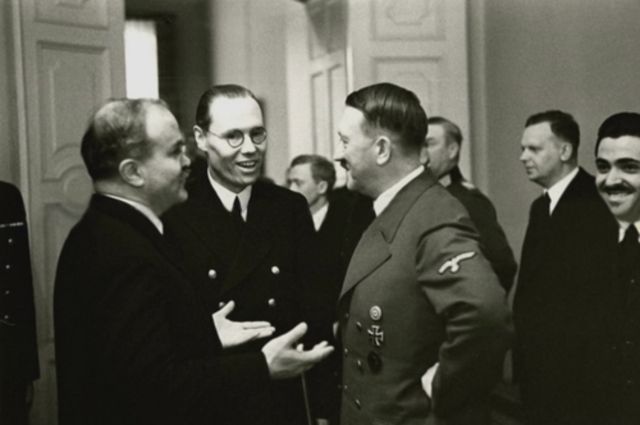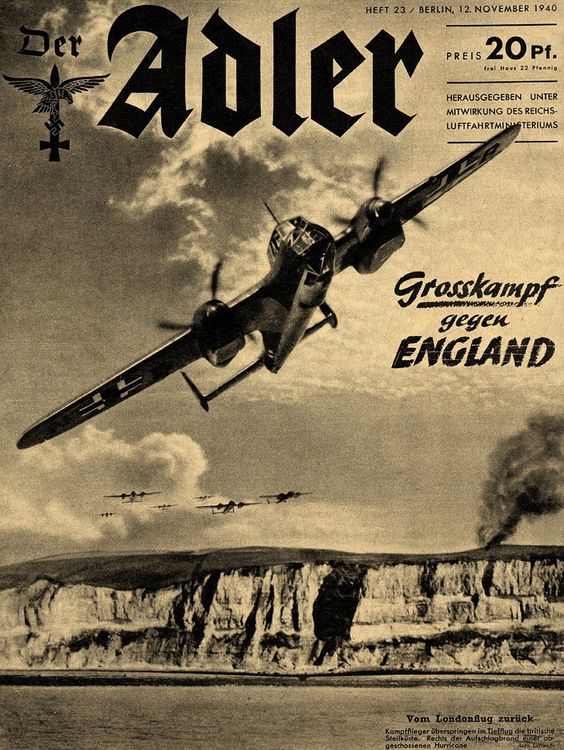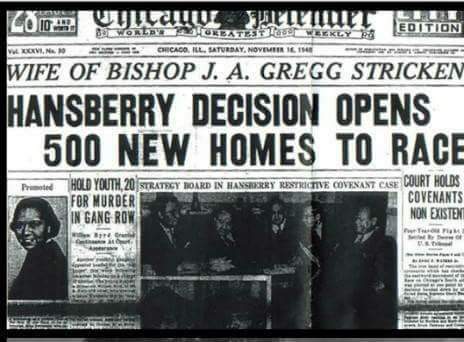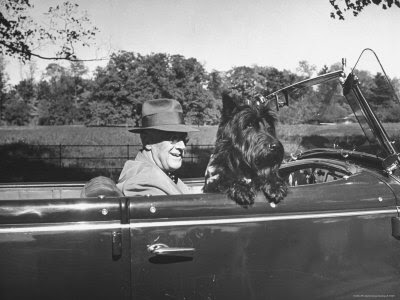Overview: On
5 November 1940, it is one year from the meeting between army commander Walther von Brauchitsch and Hitler, in which many revisionist historians believe that the General was thinking of killing Hitler due to his dangerous plans. However, now the entire situation has changed. Hitler is now a near God-like figure due to the German successes in Scandinavia, the Low Countries, and France. There are few who can or want to challenge Hitler about anything - and that spells future trouble for the Reich because he has big and dangerous plans.
Italian/Greek Campaign: On the coastal sector, the Italian Littoral Group establishes a secure bridgehead across the Kalamas (Thyamis) River. They advance on Igoumenitsa. The Italians continue trying to re-take the Grabala Heights without success. The Italians are using light tanks, with little effect.
In the Pindus sector, the Italian disaster continues. The Italians are surrounded and surrendering. Relief forces are unable to reach them. General Georgios Stanotas launches cavalry attacks on them in the Vovousa Valley. The Italian position is hopeless.
In the Koritsa sector, the Greek 9th Infantry Division and 15th Infantry Division attack across the Albanian border.
The Regia Aeronautica bombs the Greek border town of Monastir, and the ports being used by the British - Piraeus and Patra. The RAF bombs Brindisi, Naples, and Bari.
European Air Operations: RAF Bomber Command attacks various ports, including Hamburg, Boulogne, Dunkirk, Antwerp, Flushing, Bremerhaven, Bremen, and Emden.
The Luftwaffe bombs London, East Kent and Ramsgate. Night attacks resume, with London, East Anglia, Scotland, South Wales, and the Midlands hit. The Corpo Aereo Italiano attacks Harwich again with 8 bombers.
Losses for both sides are roughly a handful.
 |
| Admiral Scheer, which sinks five ships on 5 November 1940. |
Battle of the Atlantic: The British Home Fleet for some time has been aware (either through spies or Ultra intercepts or both) that German heavy cruiser Admiral Scheer (KzS Theodor Krancke) was going on a raiding mission in the Atlantic. The British have made various fleet moves as a result. However, the Kriegsmarine cruiser has broken out despite attempts to block it. Today, the Admiralty finally locates Admiral Scheer - though it wishes it hadn't.
Having broken through the Denmark Strait on 31 October, Admiral Scheer has intercepted radio messages indicating the nearby presence of Convoy HX 84. Her Arado Ar 196 seaplanes have located it about 1400 km southwest of Iceland. Convoy HX 84 only has one escort, armed merchant cruiser (AMC) HMS Jervis Bay.
On the way to attack the convoy, Admiral Scheer gets an unexpected bonus. It finds independent British 5389-ton banana boat Mopan. The entire crew is taken as POWs and Krancke then sinks the abandoned ship.
Upon intercepting Convoy HX 84 around noontime, Jervis Bay radios the Admiralty and then instructs the convoy to scatter - a planned maneuver upon the presence of an imminent threat. Then, the AMC heads straight for the heavy cruiser despite the virtual certainty of its own destruction.
Admiral Scheer's gunfire is accurate. Its first shots destroy the AMC's wireless and steering control, and the next salvo hits the bridge and wounds/kills Captain Edward Fegen (posthumous VC). Jervis Bay sinks fairly quickly(65 survivors, 136 dead, accounts vary) after 22 minutes. It causes little damage to Admiral Scheer with its 6-inch guns (Admiral Scheer's radar goes out), which then hunts down the scattered freighters. It picks off five ships, which is quite reasonable considering that the freighters are all racing at top speed in different directions.
Captain Fegen's citation reads in relevant part:
any ships it was his duty to protect. On the 5th of November, 1940, in heavy seas, Captain Fegen, in His Majesty's Armed Merchant Cruiser Jervis Bay, was escorting thirty-eight Merchantmen. Sighting a powerful German warship he at once drew clear of the Convoy, made straight for the Enemy, and brought his ship between the Raider and her prey, so that they might scatter and escape. Crippled, in flames, unable to reply, for nearly an hour the Jervis Bay held the German's fire. So she went down: but of the Merchantmen all but four or five were saved.
This is another in a series of Royal Navy encounters in which a ship sacrifices itself for the greater good. The Jervis Bay is reasonably well-remembered, ships like HMS Rawalpindi which did basically the same thing, less so. There are memorials to the crew of the Jervis Bay in several countries, including London, England, Hamilton, Bermuda, and Saint John, New Brunswick.
Ships sunk in Convoy HX 84 by Admiral Scheer:
- British 1042 ton freighter Beaverford (all 77 perish)
- British 4955 ton freighter Fresno City (1 dead, 36 survivors)
- British 5225 ton freighter Kenbane Head (24 survivors, 23 dead)
- British 7861 ton freighter Maidan (all 91 perish)
- British 4202 ton freighter Trewellard (16 perish, 25 survive)
However, the ships sunk are only part of the story. The Beaverford (Captain Hugh Pettigrew) uses its 3-inch bow gun against the cruiser, then tries to outrun Admiral Scheer. It manages to elude it in the darkness for four and a half hours, drawing fire whilst running in and out of smoke screens, before being sunk by a torpedo. This helps other ships to escape to a much greater extent than the Jervis Bay and its quick end did - but the Jervis Bay is the ship everyone remembers.
 |
| A picture of some of the crew of the ship - taken after their return to Glasgow. At the center is Chief Engineer Charles Pollard, to his right is Mess Room Steward John Jamieson. |
In addition, Admiral Scheer shells 8073-ton British tanker San Demetrio. Tankers are notoriously difficult to sink due to their compartmentalized construction, and Admiral Scheer departs with the ship ablaze and the crew abandoning ship. However, after a day at sea, one of the lifeboats drifts back near the San Demetrio and the men - after a great deal of hesitation, as blazing tankers are not the safest place to be - re-board the ship. The crewmen take the badly damaged tanker in hand, put out the fires, and manage to re-start the engines (the Chief Engineer is in the lifeboat). They eventually reach the River Clyde on the ship's own power. The crew, incidentally, gets rich due to being able to claim salvage rights. Second Officer Arthur G. Hawkins receives the OBE, Chief Engineer Charles Pollard and Deck Apprentice John Lewis Jones receive the Lloyd's War Medal for Bravery at Sea.
The San Demetrio ultimately is repaired and returns to service. The episode concerning the San Demetrio becomes perhaps the most well-known part of the entire encounter because it is adapted into the 1943 film "San Demetrio London" starring Walter Fitzgerald, Mervyn Johns, Ralph Michael, and Robert Beatty.
During the entire day-long incident, Admiral Scheer sinks seven ships. This is often reduced to five in most accounts by the magic of ignoring the sinking of the Mopan and the Jervis Bay. Captain Krancke, satisfied with his day's haul and running low on ammunition, heads Admiral Scheer off to a scheduled rendezvous with a supply ship.
The Royal Navy sends massive forces (including battlecruisers HMS Hood and Repulse) to look for Admiral Scheer. For those who disparage the effect of surface raiders as a waste of money and resources versus U-boats, forcing the Royal Navy to allocate a large fraction of its resources to searching for raiders like Admiral Scheer is a major benefit that is usually overlooked.
Elsewhere, the British also lose several ships, though in not quite as dramatic a fashion.
U-99 (Kplt. Otto Kretschmer), which has just finished sinking two AMCs and a freighter, comes across Convoy HX 83. Kretschmer torpedoes and sinks 6993-ton British freighter Scottish Maiden. There are 16 deaths and 27 survivors - who are also rescued by HMS Beagle, which had helped to rescue the survivors of Kretschmer's earlier victims.
U-123 (Kptlt. Karl-Heinz Moehle), on her second patrol, is shadowing Convoy HX 83 also. While it does not make an attack, it is attacked by HMS Beagle. The U-boat is damaged and returns to Lorient.
British 1117 ton cargo ship Haig Rose is en route from Barry, Glamorgan to Plymouth, Devon when it disappears without a trace. It is likely that it hits a mine and sinks quickly.
British diesel freighter Lady Drusie hits a mine and sinks off Milford Haven, Pembrokeshire.
German collier Palime hits a mine near Stavanger, Norway. The ship makes it back to port but is declared a total loss.
Royal Navy submarine HMS Sturgeon fires on Norwegian freighter Uly off Lister but misses.
Royal Navy submarine L.27 is attacked by depth charges in the Bay of Biscay. It is lightly damaged and returns to Portsmouth.
Convoy FS 328 departs from Methil, Convoy HX 86 departs from Halifax (but is immediately recalled due to the presence of Admiral Scheer), Convoy BHX 66 departs from Bermuda (but also is recalled).
Convoy HX 85, already at sea from Halifax, is recalled.
The Germans put captured French submarine La Favorite back into service as UF-2.
 |
| Italian CR 42 fighters. |
Battle of the Mediterranean: The Free French are occupying Gabon. Today, they take Lambaréné. Next on the agenda is Gabon's capital, Libreville, which will require reinforcements from the French Foreign Legion in Cameroon.
Royal Navy cruiser HMS Ajax and HMAS Sydney continue ferrying troops and supplies from Alexandria to Suda Bay, Crete.
The RAF bombs Italian bases in Libya and Abyssinia.
Royal Navy submarine HMS Rorqual lays mines off Tripoli.
HMS Eagle is put out of action temporarily due to damage discovered that resulted from Italian near-misses on 12 October.
Convoy MB 8, which has numerous subsidiary operations such as Operation Judgment (attack on Taranto), continues proceeding from Alexandria to Malta.
At Malta, there are two air raid alerts, one at night and one during daylight. However, they both are false alarms because the Italian aircraft, as they often do for unknown reasons, turn back while still offshore. During the evenings, one bomber does get through and drops a bomb on Grand Harbour. It is the first air attack in several days. An Italian CR 42 strafes flying boats lying off Kalafrana after following a Wellington bomber back from a raid on Italy.
 |
| Onlookers in Times Square, New York watch the election returns on the ticker. |
German Military: Subsequent to the OKW (military high command) meeting with Hitler on 4 November, General Halder has Colonel Adolf Heusinger, the chief of the operations unit at OKH (the army high command), draft up a plan for the invasion of Greece. This will become Operation Marita. Having OKH draft the plan, and not OKW (which also has good operational planners) is the start of a bifurcation of German planning between OKW and OKW which will last throughout the war and cause many issues, especially in terms of force allocation.
At this point, the plan is to invade just Greece and not Yugoslavia (though Hitler already has expressed the idea of invading the latter as well). The attack would be launched from Bulgaria - another somewhat iffy German ally - because of its border with Greece. Heusinger has all sorts of idle forces to choose from - four army groups, in fact - but the invasion will only require a small fraction of them. He chooses XXXXth army corps, which will be joined by another as-yet-unspecified corps under the command of Colonel-General (Generaloberst) Ewald von Kleist. He is to command Panzergruppe Kleist, which would be somewhere in size between a corps and an army.
The allocation of such a small force to invade an entire county, which is being supported by the British, and not even under a full field marshal (of whom the Wehrmacht has many doing essentially nothing) is indicative of the high levels of confidence in the Wehrmacht at this time. However, von Kleist has one of the sharpest minds in the Wehrmacht and now has a chance to show it. Colonel Kurt Zeitzler is Panzergruppe Kleist's chief of staff. While their ranks may be small, the talent assembled for this operation is huge.
French Homefront:
Hermann Goering, an art lover, orders the German command in Paris to loot the Louvre for distribution to museums and individuals in the Reich. The French already have removed many treasures, but hardly all. Naturally, Goering's Carinhall will get a big slice of any confiscated art.
 |
| A 1940 Roosevelt campaign button. |
American Homefront: The Presidential election goes the way everybody knew it would - there was no uncertainty about this one at any point once President Roosevelt sought reelection. Roosevelt wins 39 (out of 48) states:
Roosevelt 27,241,939 votes
Willkie (Republican) 22,237,226
It is fair to say that this is quite possibly the least competitive Presidential election of the century, and possibly of all time - though not in terms of states won, because Willkie does better than later candidates such as George McGovern and Walter Mondale (both of whom, incidentally, are alive for this election though ineligible to vote. However, there has been no suspense about the outcome of this election whatsoever. Few want to "change horses in midstream" with Hitler on the march and Roosevelt taking care of such matters more or less the way the country wants.
As a footnote to this campaign, District Attorney Thomas E. Dewey of New York had gone into the Republican National Convention with more delegates than Willkie and may have put up a better fight against Roosevelt. He won most of the primaries but lost the nomination on the fifth ballot. Since the main rap against him in 1940 is his relative youth (38), Willkie's crushing defeat leaves Dewey as the presumptive front-runner for the 1944 nomination.
Another thing about the election is of interest for students of politics. Roosevelt's strength is concentrated in the Deep South and Far West, while Willkie has his strongest support in the Northeast and Great Lakes region. Viewing only the map of relative voter strength and applying the standards of 50 years later, after the parties essentially had flipped many of their philosophies, it would be easy to assume that Roosevelt was the Republican and Dewey the Democrat.
 |
| 1940 election results by relative strength in each county. Red is Republican, blue is Democratic. In the 21st Century, a Presidential election might look somewhat similar if you switched the colors. |
Future History: Elke Baronesse von Schletz is born in Berlin to Baron Peter von Schletz, a Lutheran minister, and his wife Renata. In 1942, Elke evacuates to Niederndorf, a village near Erlangen, a small university town in Franconia, where she grows up. Elke takes a holiday in Italy in the mid-1950s, where she must make quite an impression on the beach and in the clubs because director Vittorio De Sica spots her and decides to cast her in some films. In 1958, when she appears in her first film, Elke adopts the stage name, Sommer. As Elke Sommer, she becomes a global film, stage and television star, winning a Golden Globe for "The Prize" (1963). In private, Elke still goes by her title of Frau Baronin (Baroness) von Sommer and as of 2018 still appears in various entertainment projects occasionally.
November 1940 November 1, 1940: Hitler IrateNovember 2, 1940: U-31 Sunk - AgainNovember 3, 1940: Kretschmer's Master ClassNovember 4, 1940: Spain Absorbs TangierNovember 5, 1940: Jervis Bay Meets Admiral ScheerNovember 6, 1940: San Demetrio IncidentNovember 7, 1940: Galloping GertieNovember 8, 1940: Italian Shakeup in GreeceNovember 9, 1940: Dutch Fascists MarchNovember 10, 1940: Fala and Doc StrangeNovember 11, 1940: Taranto RaidNovember 12, 1940: Molotov Takes BerlinNovember 13, 1940: Molotov Foils HitlerNovember 14, 1940: Moonlight SonataNovember 15, 1940: Warsaw Ghetto SealedNovember 16, 1940: France Keeps BattleshipsNovember 17, 1940: Malta Hurricane DisasterNovember 18, 1940: Hitler Berates CianoNovember 19, 1940: Birmingham DevastatedNovember 20, 1940: Hungary Joins AxisNovember 21, 1940: Dies White PaperNovember 22, 1940: Italians Take KorçëNovember 23, 1940: U-Boat Bonanza!November 24, 1940: Slovakia Joins InNovember 25, 1940: Molotov's DemandsNovember 26, 1940: Bananas Be GoneNovember 27, 1940: Cape Spartivento BattleNovember 28, 1940: Wick PerishesNovember 29, 1940: Trouble in IndochinaNovember 30, 1940: Lucy and Desi Marry2020
